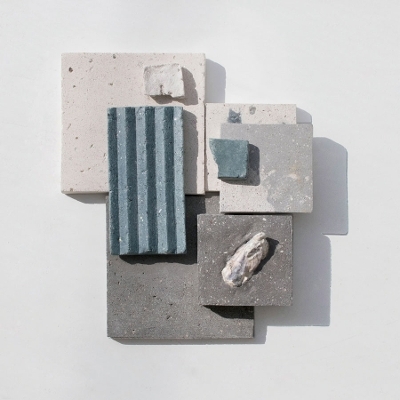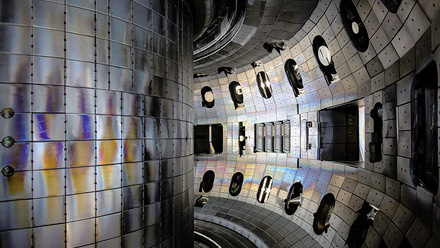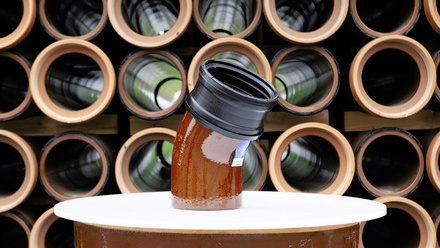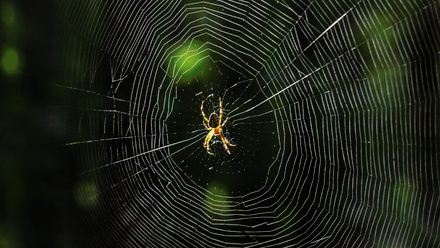Making concrete from seashells
A concrete-like material made from waste seashells is being proposed by materials design company, Newtab 22 in Germany.

A concrete-like material made from waste seashells is being proposed by materials design company, Newtab 22 in Germany. The firm is making use of the high concentration of calcium carbonate (limestone) in these shells, creating a material named Sea Stone.
It is made using a process that grinds down waste shells and combines them with natural non-toxic binders for a terrazzo-like aesthetic. The material is currently produced manually, avoiding the use of heat, electricity and chemical treatments.
The end products result in a variation of sizes, textures and colours of the shell fragments. Other variations can be implemented by changing the quantities of shell and binders, or adding coloured dyes.
While the properties of concrete and Sea Stone are claimed to be similar, to truly replicate the strength of traditional concrete required in large-scale projects, an energy-intensive heating process would be required. This brings a conundrum still to be solved.
‘The power of the material is different,’ says Hyein Choi, Co-Founder of Newtab-22. ‘We do not want to harm the environment in the process or the outcome. If you put [in] high energy and cost, it is highly possible to use Sea Stone as real cement. It is paradoxical and controversial, we think, as this leads to secondary pollution.’
Initially starting the project in London, Choi and Jihee Moon,
Co-Founder of Newtab 22, moved to Seoul, South Korea, where they say the issue of seafood waste is greater.
‘This transition allows us to collect discarded seashells in a much bigger scale than what we would accomplish in the UK as the south of South Korea is suffering from the removal of tonnes of discarded seashells, and the aquafarm and the seafood industry is huge.’







